Un afectuoso saludo a toda la comunidad de Foodies Bee Hive. Contnuando con las recetas navideñas esta ves preparamos algo que no es tradicional en mi país, sin embargo, resulta muy entretenida de hacer, sobre todo como una actividad para compartir con los niños en estas fechas, las galletas de jengibre. Aquí les enseño como prepararlas y mi esposa @francyrios75, les enseñará como armar y decorar la linda casita de la fotografía.
A warm greeting to the entire community of Foodies Bee Hive. Continuing with the Christmas recipes this time we prepare something that is not traditional in my country, however, it is very entertaining to make, especially as an activity to share with children at this time of the year, gingerbread cookies. Here I show you how to prepare them and my wife @francyrios75, will show you how to assemble and decorate the cute little house in the picture.
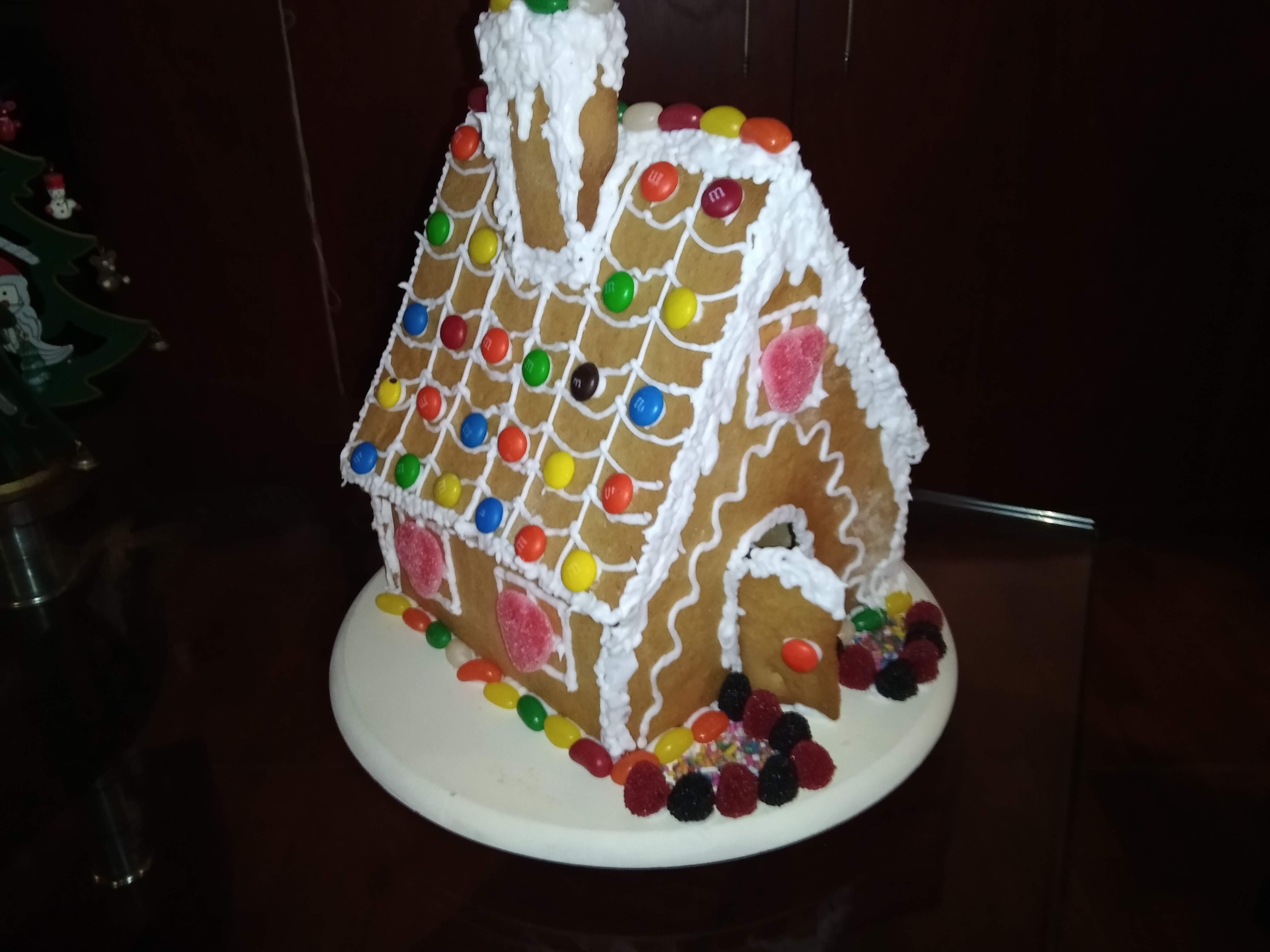

Ingredientes
- 400 gr de harina todo uso.
- 1/2 taza de azúcar, preferiblemente azúcar moreno
- 1/2 taza de papelón o panela, o melaza, o piloncillo.
- 1 taza de margarina o mantequilla.
- 1 huevo.
- 2 cucharaditas de polvo de hornear.
- 1 cucharadita de jengibre en polvo.
- 2 cucharaditas de canela molida.
- 1/2 cucharadita de clavo especia molido.
Ingredients
- 400 gr all-purpose flour.
- 1/2 cup of sugar, preferably brown sugar.
- 1/2 cup of papelón or panela, or molasses, or piloncillo.
- 1 cup margarine or butter.
- 1 egg.
- 2 teaspoons of baking powder.
- 1 teaspoon powdered ginger.
- 2 teaspoons ground cinnamon.
- 1/2 teaspoon ground cloves.

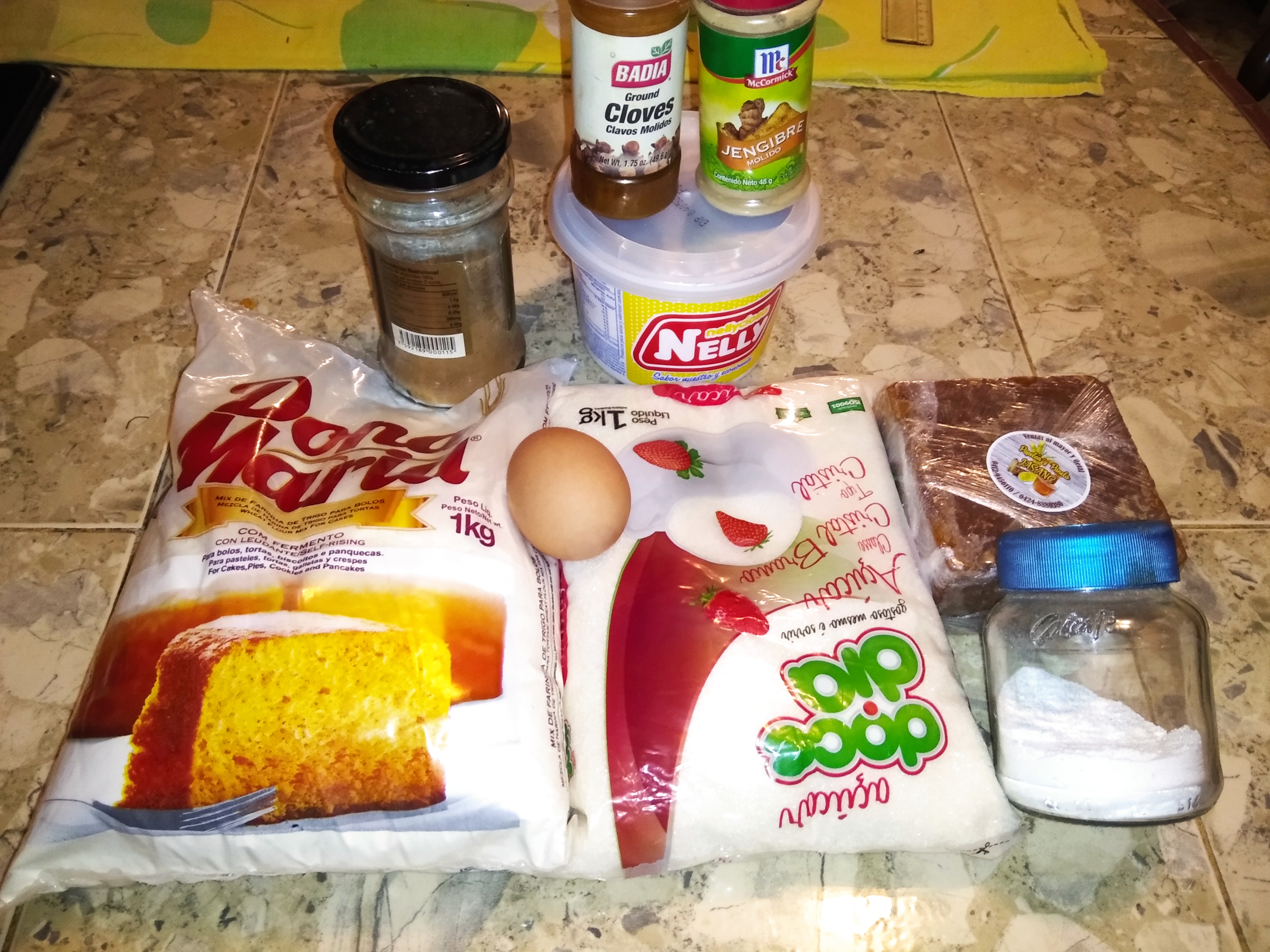

Paso 1
Lo primero será cortar y calentar la panela, para derretirla en forma de melaza. El papelón, panela o piloncillo, es una forma semielaborada de azúcar, que se obtiene tras la cocción del jugo de la caña de azúcar, es fundamentalmente melaza que se deja cristalizar en forma de bloques o terrones de diferentes formas y tamaños. Obviamente si usted tiene melaza, este paso puede omitirlo.
Debemos cortar trozos de la panela, suficientes como para llenar media taza y colocarlos al fuego en una olla con una o dos cucharadas de agua, y esperar que se diluya por completo, procurando mover de vez en cuando para ayudar a deshacer los terrones de panela y evitar que se sobre caliente y tome sabor amargo. Una vez disuelta la panela tenemos nuestra melaza, que debe tener una textura ligeramente menos densa que la de la miel.
Otra opción a la panela y la melaza, es sustituirlas por miel, el resultado no será igual pera también será bueno.
A continuación, colocaremos el azúcar y la margarina en el bol de la batidora y batiremos hasta que haya blanqueado, entonces agregaremos la melaza, que aun estará un poco tibia, seguida de las especias: canela, jengibre y clavo en polvo, finalmente agregaremos el huevo y batiremos hasta que se homogenice la mezcla.
Como verán en las fotos, nosotros usamos azúcar blanca, lo mejor es usar azúcar morena, pero no teníamos disponible. Sin embargo, la melaza le dará el clásico color marrón que tienen estas galletas.
Cuando todo se haya unido, agregaremos la harina y el polvo de hornear de a poco, procurando esperar a que esté totalmente integrada una parte, antes de agregar la otra. Finalmente, obtendremos nuestra mezcla de galletas, si le parece que la mezcla no tiene una textura lo suficientemente sólida como para manipularla, agregue un tercio o media taza de harina adicional.
Terminada la maza la envolveremos en papel film o en una bolsa plástica y llevaremos a la nevera por al menos 1 hora, para que se solidifique aún más.
Step 1
The first thing to do is to cut and heat the panela, to melt it in the form of molasses. Papelón, panela or piloncillo, is a semi-processed form of sugar, obtained after cooking the sugar cane juice, it is basically molasses that is allowed to crystallize in the form of blocks or lumps of different shapes and sizes. Obviously if you have molasses, this step can be omitted.
We must cut pieces of the panela, enough to fill half a cup and place them on the fire in a pot with one or two tablespoons of water, and wait for it to dilute completely, trying to move it from time to time to help break up the lumps of panela and prevent it from overheating and taking on a bitter taste. Once the panela is dissolved we have our molasses, which should have a slightly less dense texture than honey.
Another option to the panela and the molasses, is to substitute them for honey, the result will not be the same but it will also be good.
Next, place the sugar and margarine in the bowl of the mixer and beat until it has whitened, then add the molasses, which will still be a little warm, followed by the spices: cinnamon, ginger and powdered cloves, finally add the egg and beat until the mixture is homogenized.
As you will see in the photos, we used white sugar, the best is to use brown sugar, but we did not have it available. However, the molasses will give it the classic brown color that these cookies have.
When everything has come together, we will add the flour and baking powder a little at a time, trying to wait until one part is fully integrated before adding the other. Finally, we will obtain our cookie mixture, if it seems to you that the mixture is not solid enough to handle, add a third or half cup of additional flour.
Once the dough is ready, wrap it in plastic wrap or a plastic bag and put it in the refrigerator for at least 1 hour, so that it solidifies even more.

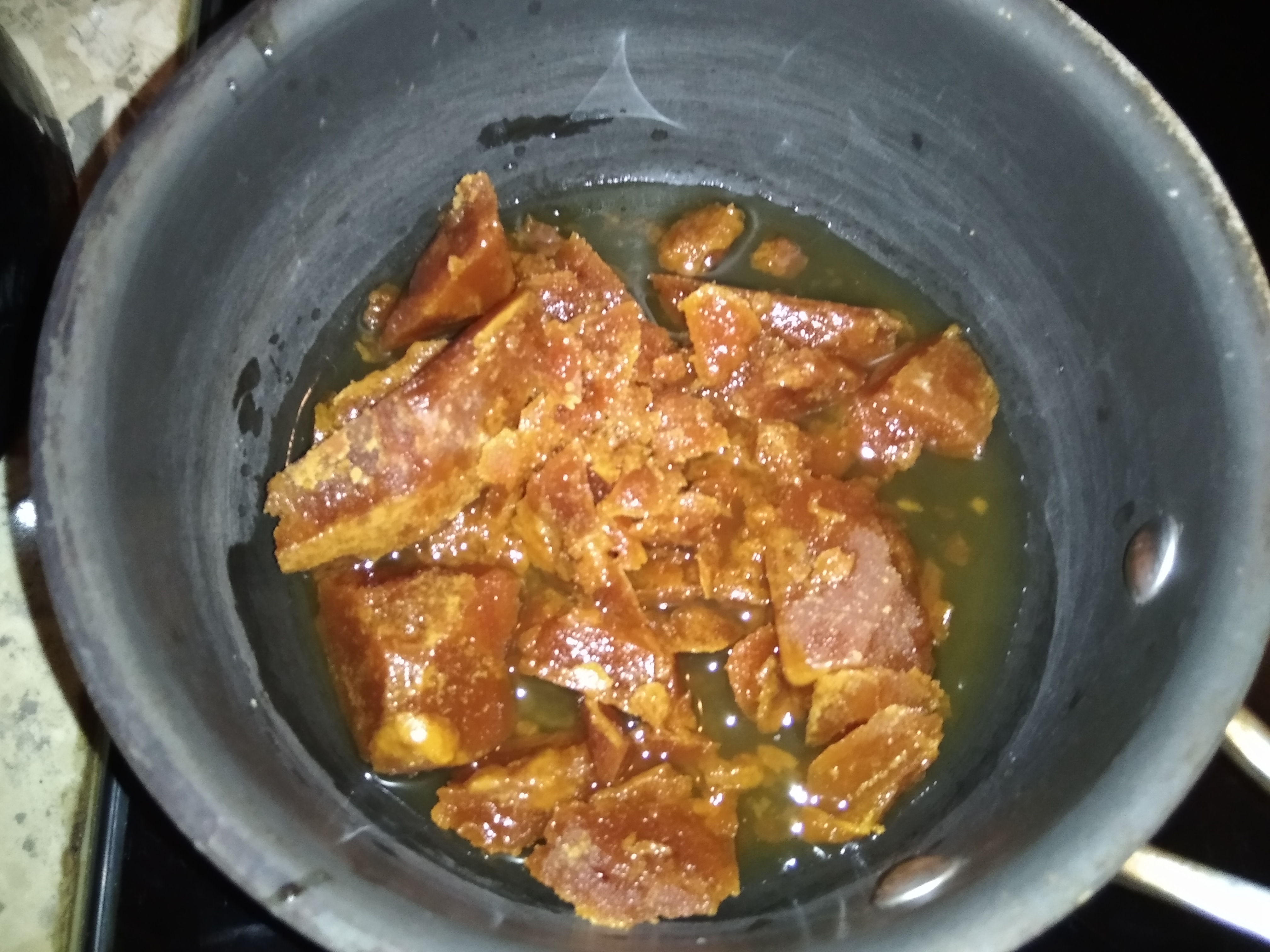

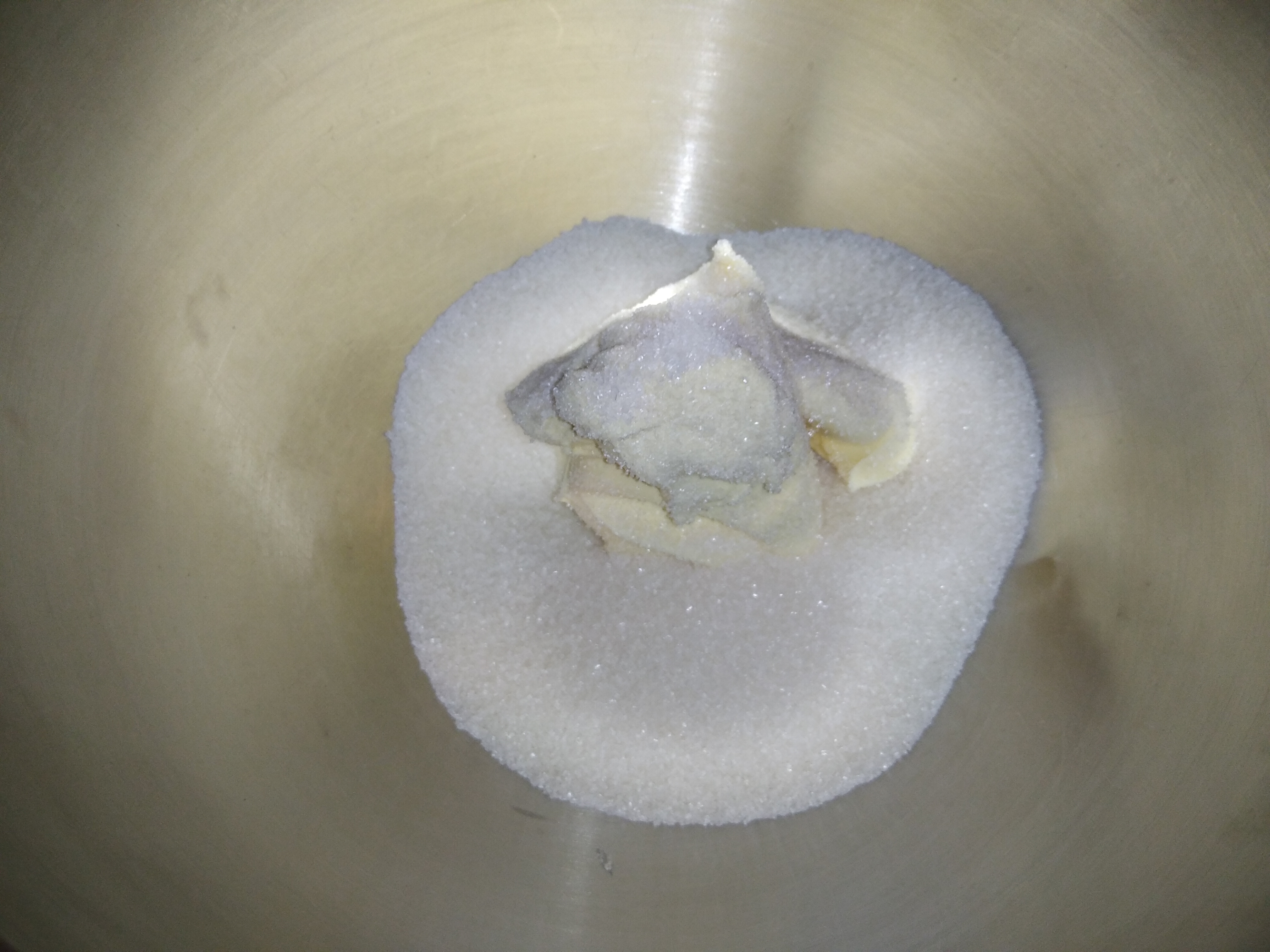
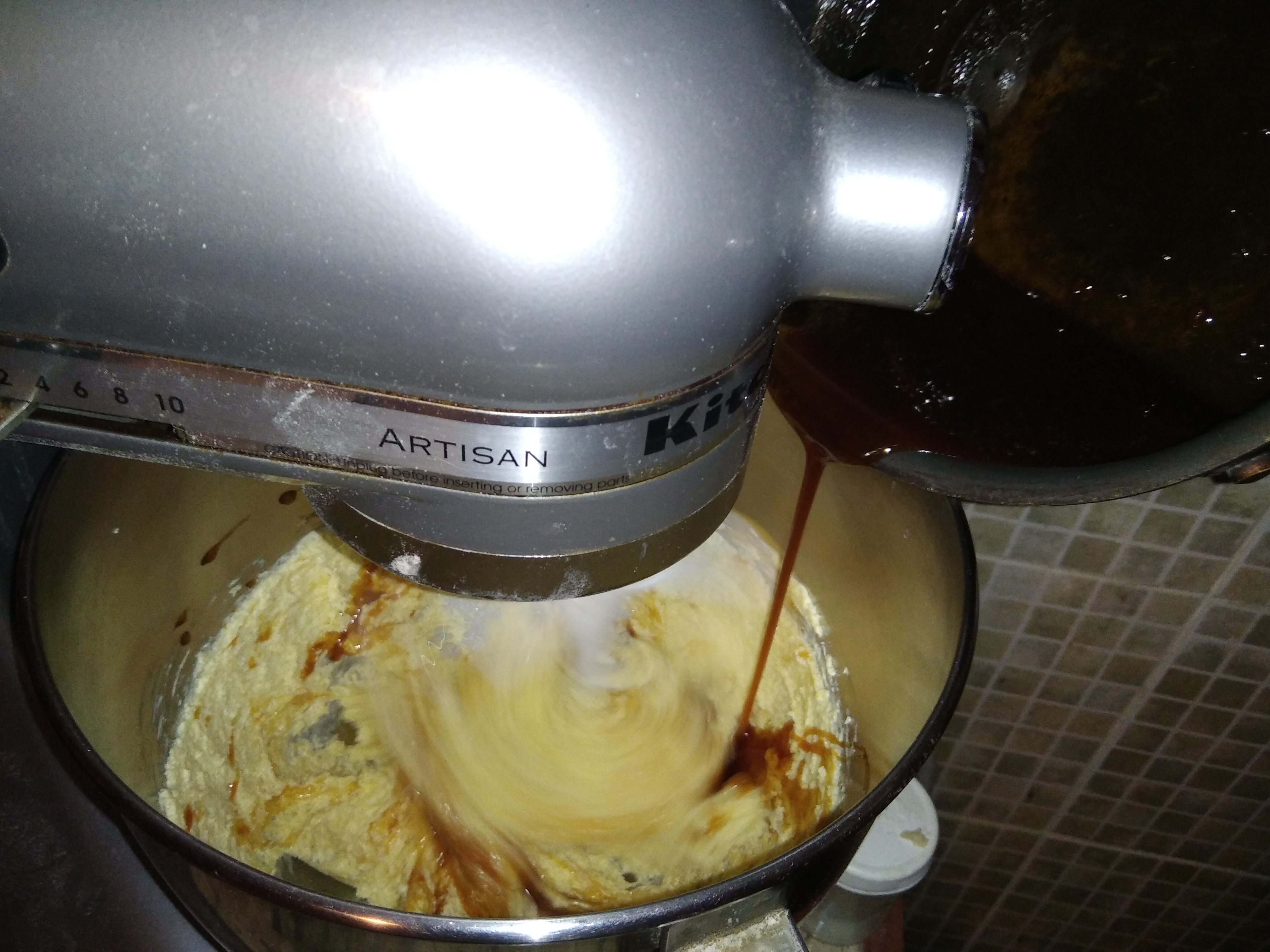
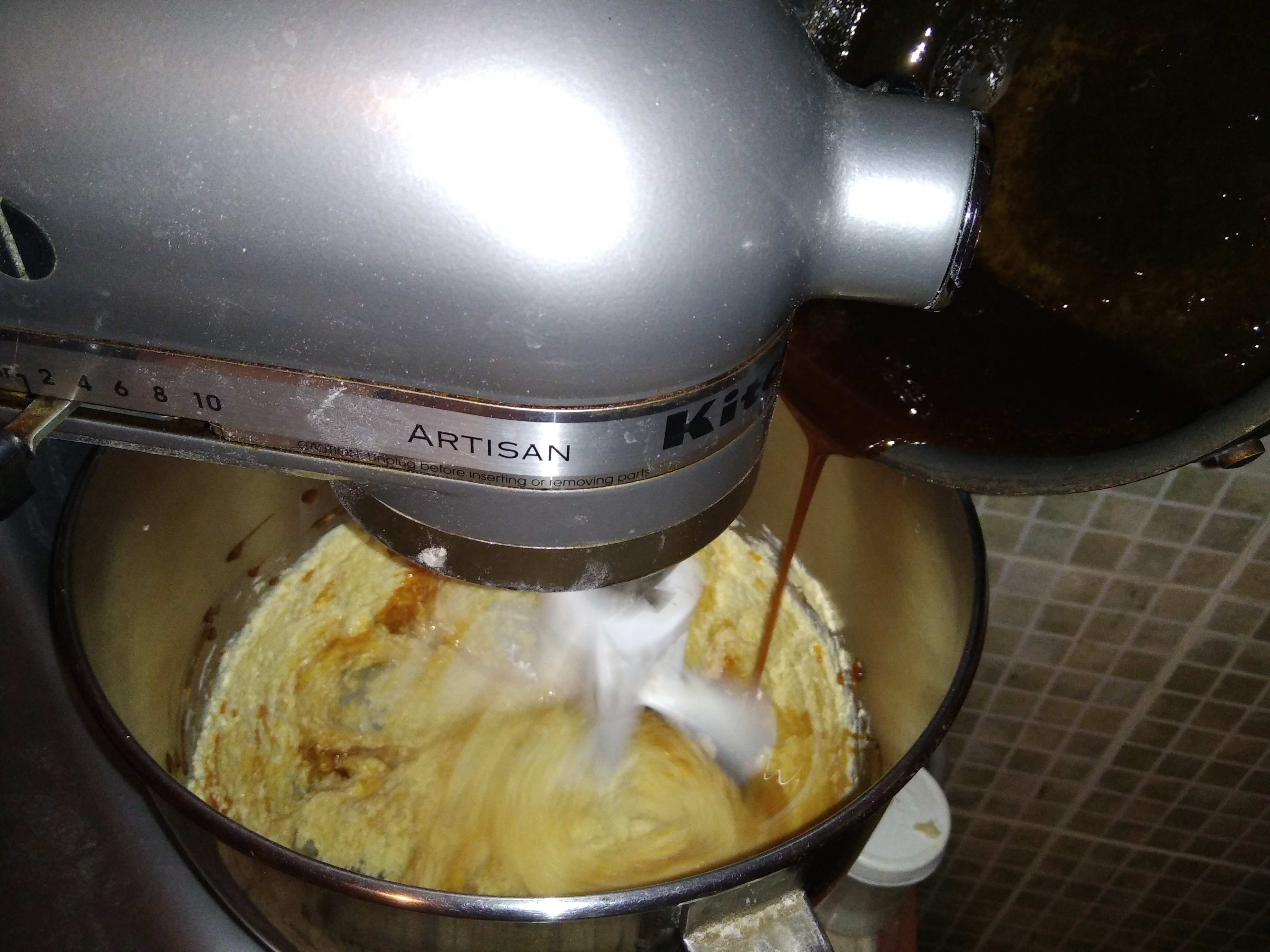


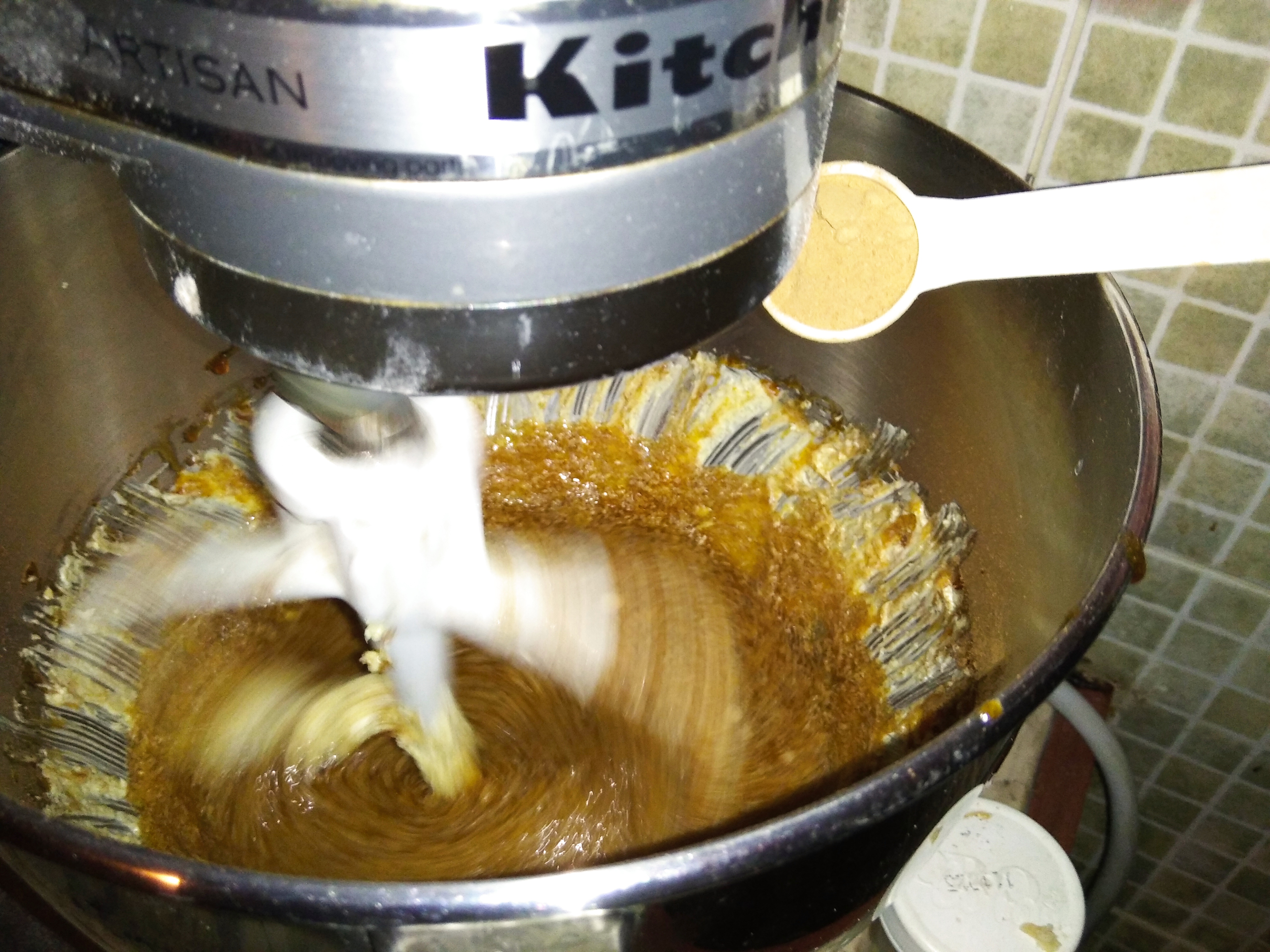
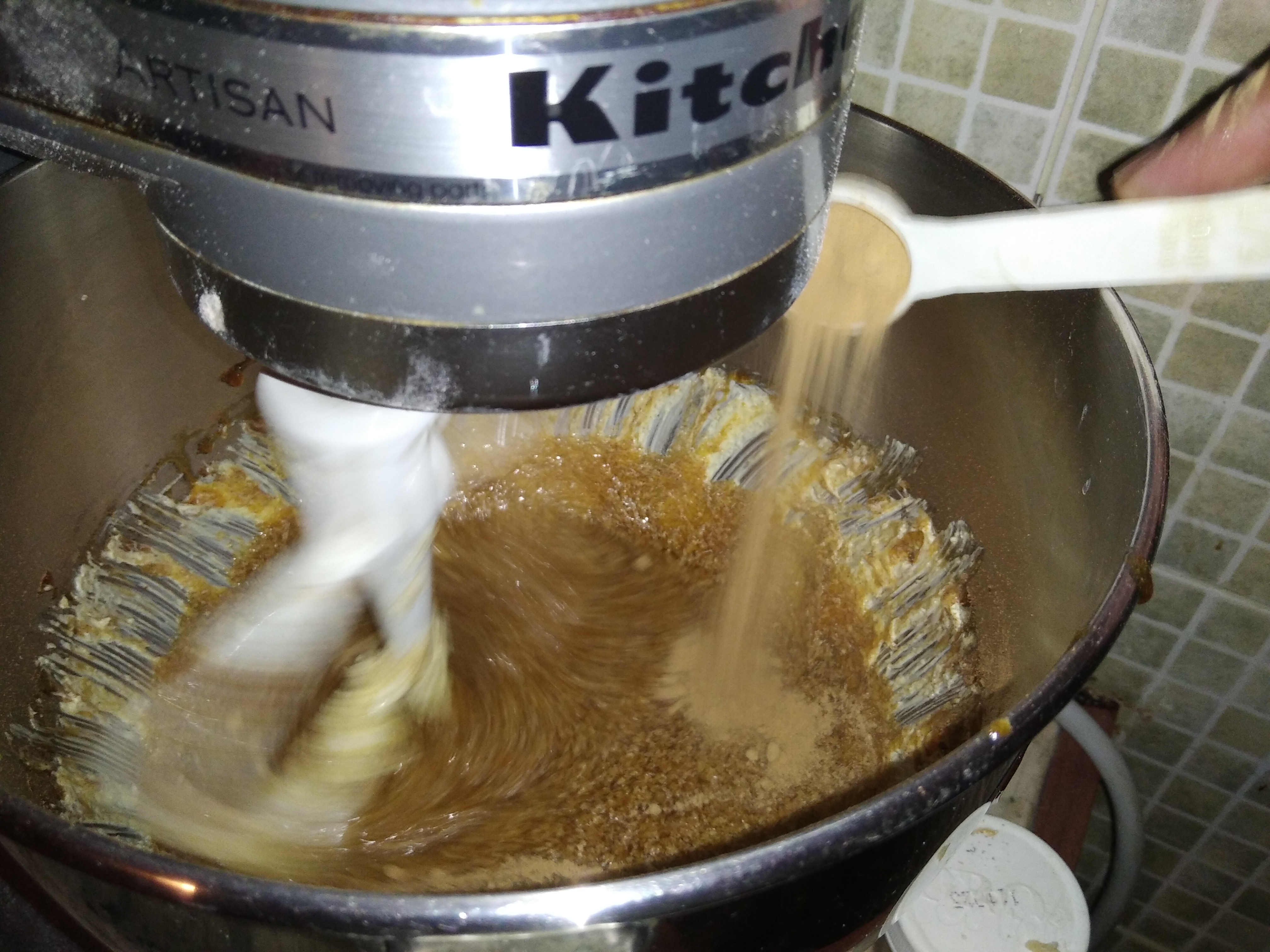
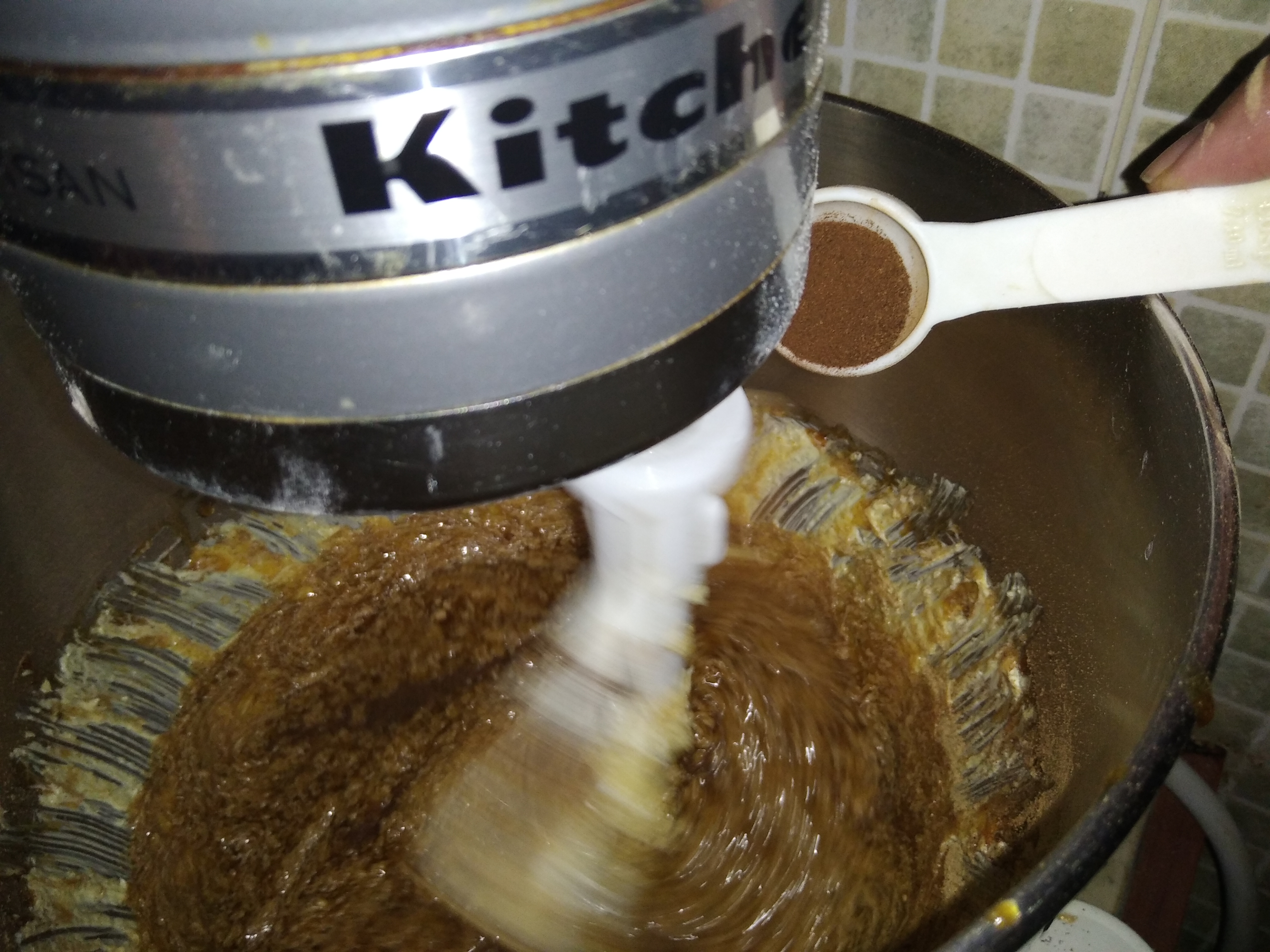


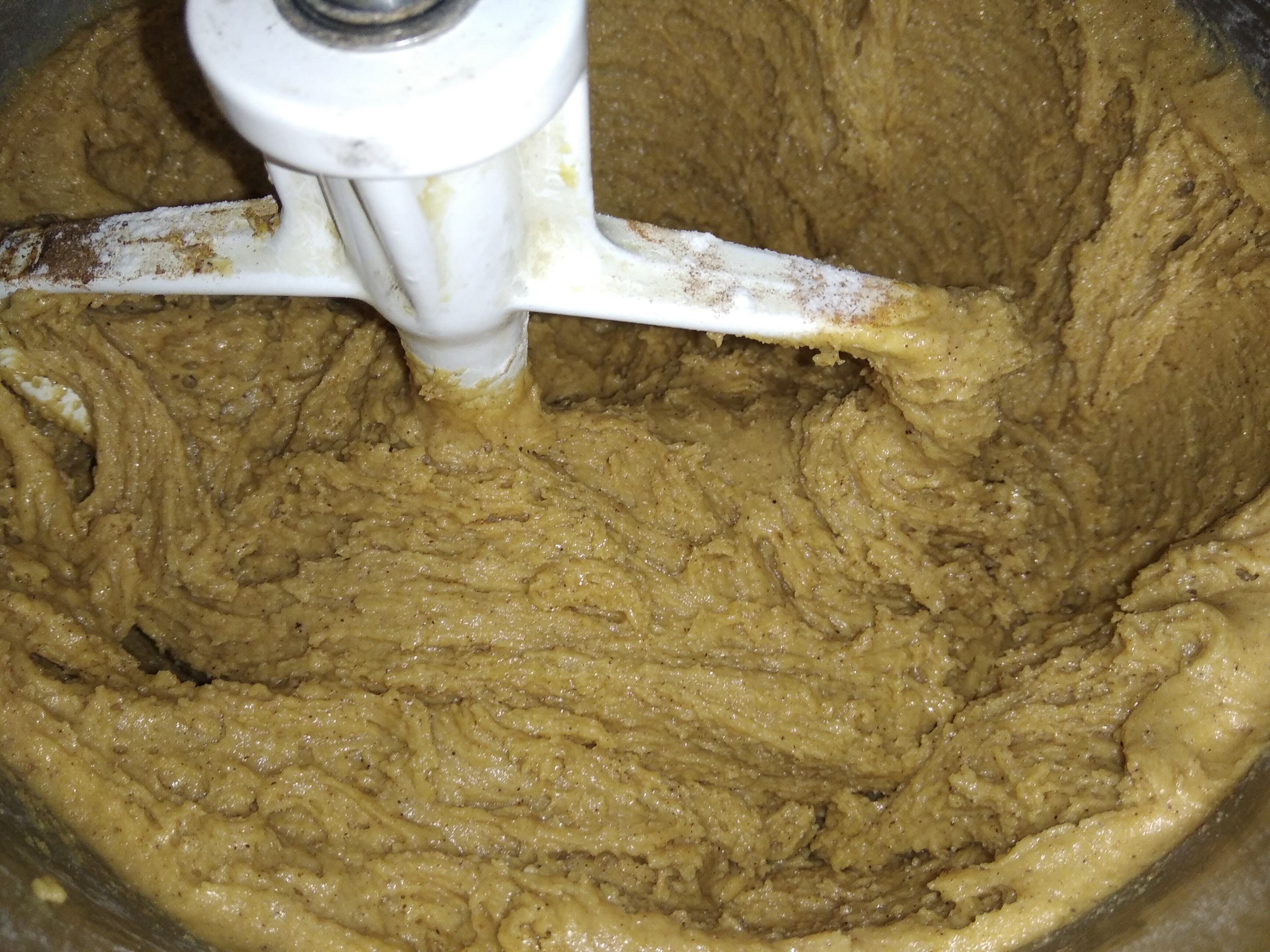



Paso 2
Para hacer las galletas, espolvorearemos suficiente harina sobre la mesada y aplanaremos una porción de masa con un rodillo de cocina, hasta llevarla a un grosor de unos 3 o 4 milímetros, luego con cortadores de galleta, de la forma de nuestra preferencia, cortaremos y llevaremos a una placa de horno con un papel encerado o un tapete de silicón para horno.
Finalmente, llevaremos a un horno precalentado a 180 °C, durante 12 a 15 minutos.
Cuando retiremos nuestras galletas, aun estarán un poco blandas, así que dejaremos templar en la bandeja o sobre una rejilla antes de retirarlas del papel o silicona.
Una de las tradiciones que entrañan estas galletas es la fabricación y decorado de casitas, cuyas paredes son de galleta y se unen y ornamentan con glaseado, además de todo tipo de dulces y caramelos.
Como podrán ver en las fotografías, además de los clásicos hombrecitos de jengibre, también cortamos las piezas de una casa, para lo cual simplemente tomamos un patrón que descargamos de una página web (Este fue el patrón que usamos, pero en esta web hallarán muchos más), extendimos la masa sobre un tapete de silicón. y luego con un cuchillo cortamos las piezas, retiramos los sobrantes y las horneamos.
Hasta aquí la receta de las galletas de pan de jengibre, en los próximos días, en el blog de mi esposa, @francyrios75, encontrarán como armamos nuestra casita de jengibre. Espero que les agrade.
Step 2
To make the cookies, sprinkle enough flour on the counter and flatten a portion of dough with a rolling pin to a thickness of about 3 or 4 millimeters, then with cookie cutters, the shape of our preference, cut and bring to a baking sheet with a waxed paper or silicone baking mat.
Finally, we will take them to a preheated oven at 180 °C, for 12 to 15 minutes.
When we remove our cookies, they will still be a little soft, so we will let them warm on the tray or on a rack before removing them from the paper or silicone.
One of the traditions involved in these cookies is the manufacture and decoration of little houses, whose walls are made of cookies and are joined and decorated with icing, as well as all kinds of sweets and candies.
As you can see in the pictures, besides the classic gingerbread men, we also cut the pieces of a house, for which we simply took a pattern that we downloaded from a website (This was the pattern we used, but in this website you will find many more), we spread the dough on a silicone mat, and then with a knife we cut the pieces, remove the leftovers and bake them.
So far the recipe for gingerbread cookies, in the next few days, in the blog of my wife, @francyrios75, you will find how we put together our gingerbread house. I hope you like it.


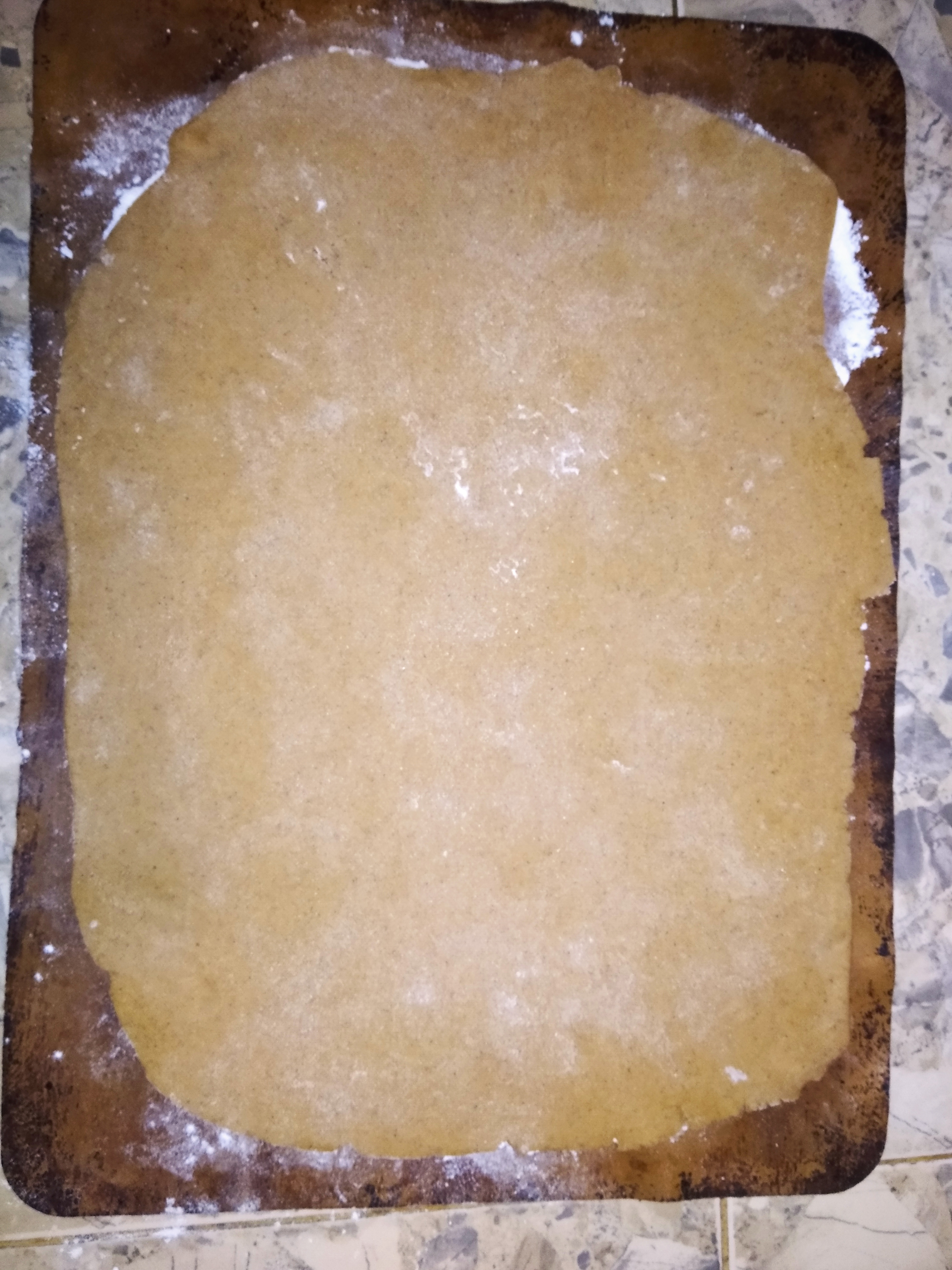
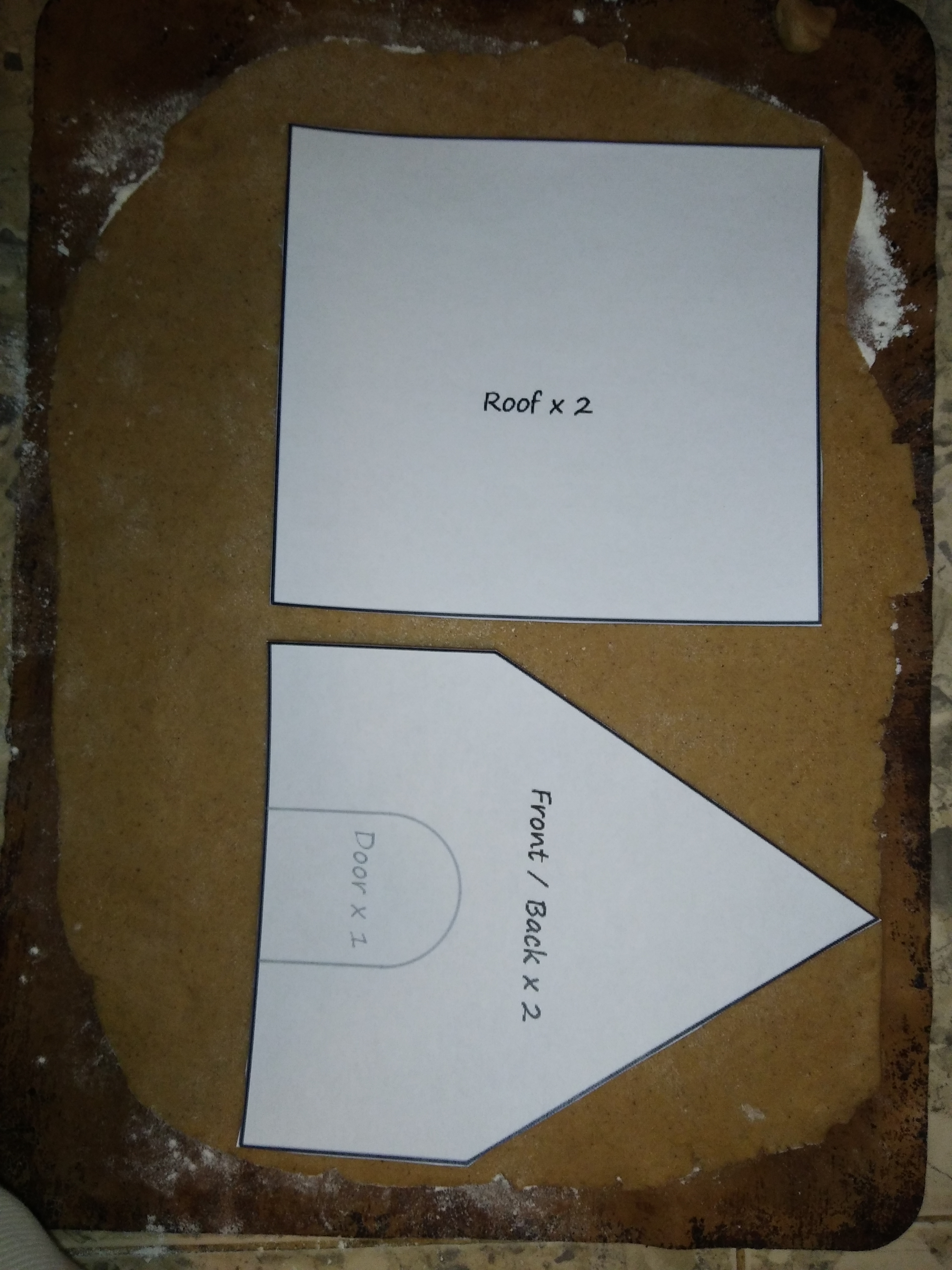
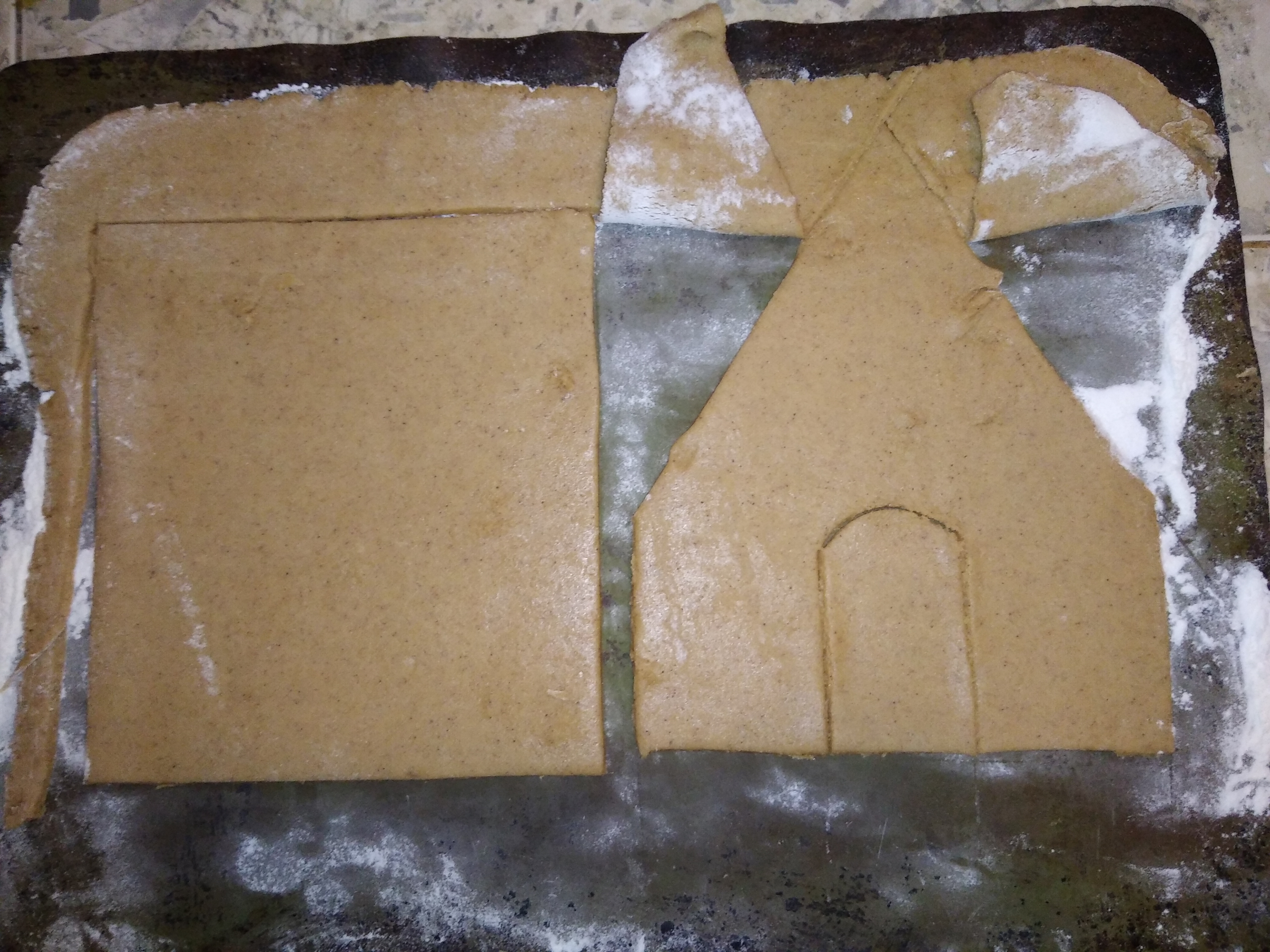


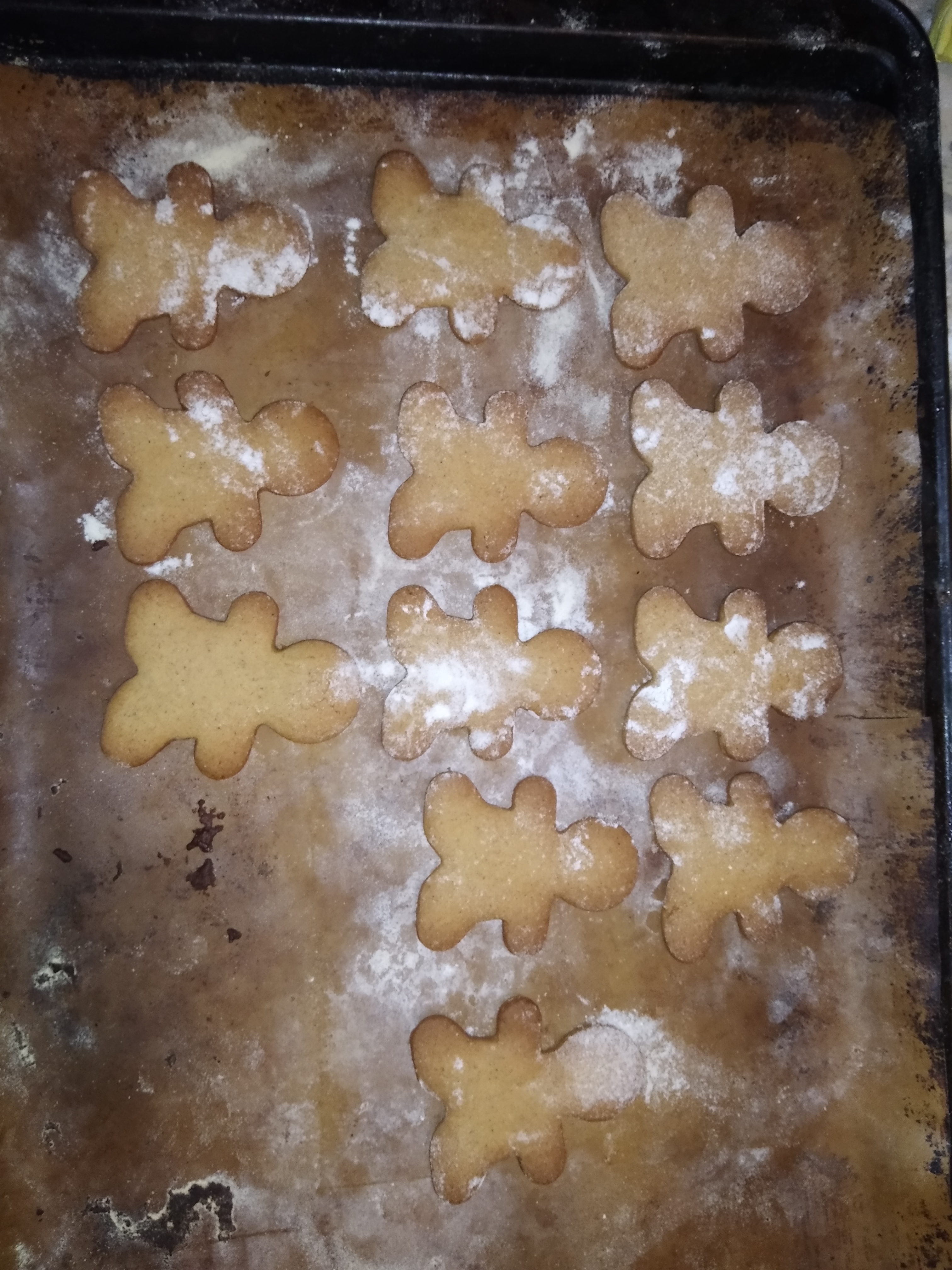
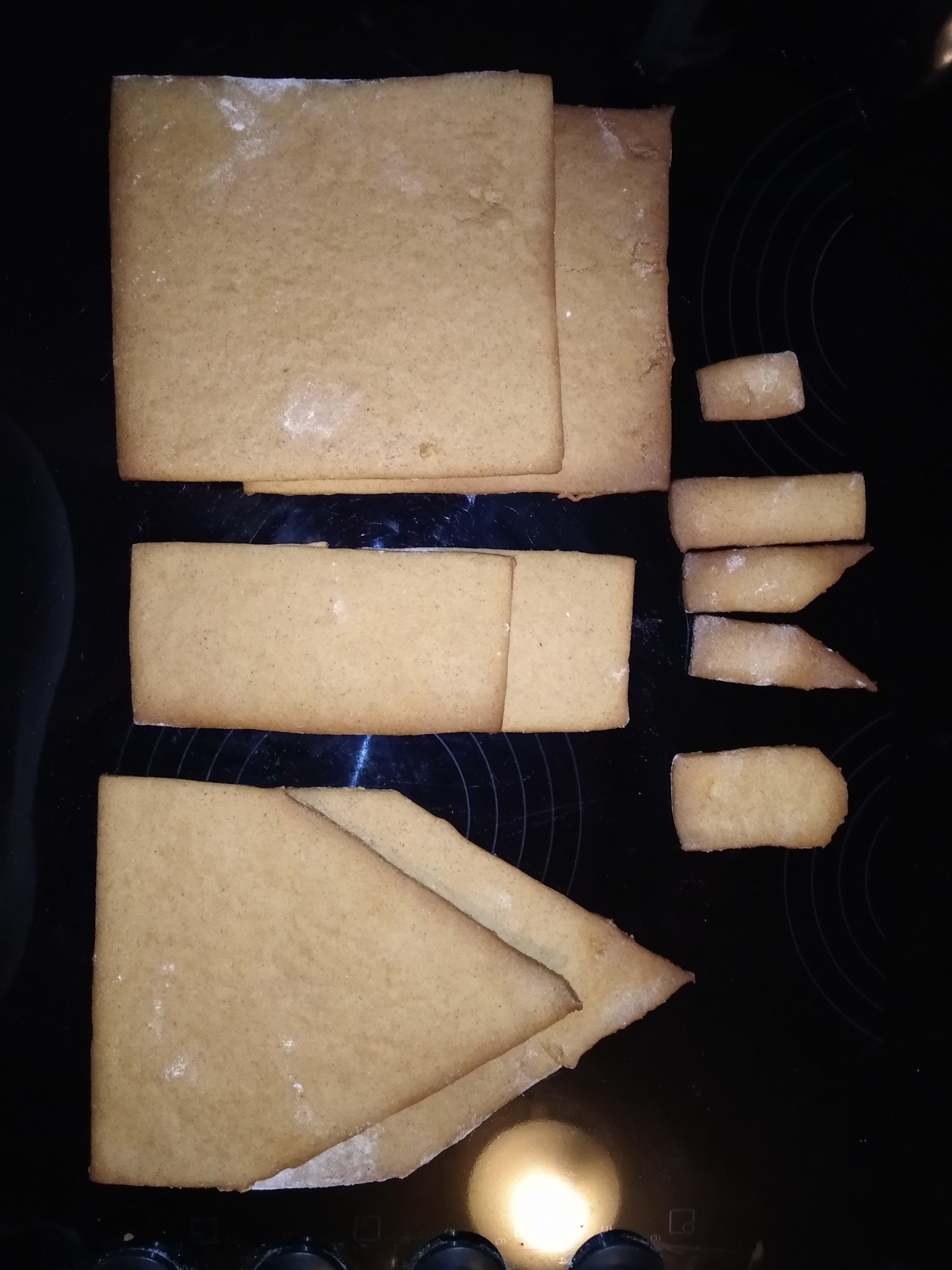


Espero que la receta les haya gustado, puedan prepararla y la disfruten, hasta la próxima.
I hope you liked the recipe, that you can prepare it and enjoy it, until next time.

Todas las fotografías fueron tomadas con un movil Redmi 8A
So cute! Good job! Have a nice day ahead.
well done, our gingerbread house is nearly finished
Enhorabuena, su "post" ha sido "up-voted" por @dsc-r2cornell, que es la "cuenta curating" de la Comunidad de la Discordia de @R2cornell.
Muchas felicidades para el nuevo año que inicia. Un abrazo afectuoso !PGM
100 PGM token to send 0.1 PGM three times per day
500 to send and receive 0.1 PGM five times per day
1000 to send and receive 0.1 PGM ten times per day
Discord
Qué lindura, simplemente genial y divertido. Felices fiestas y un venturoso año nuevo 2022. 🍾🧑🎄☃️🎄🍾💓☕💝